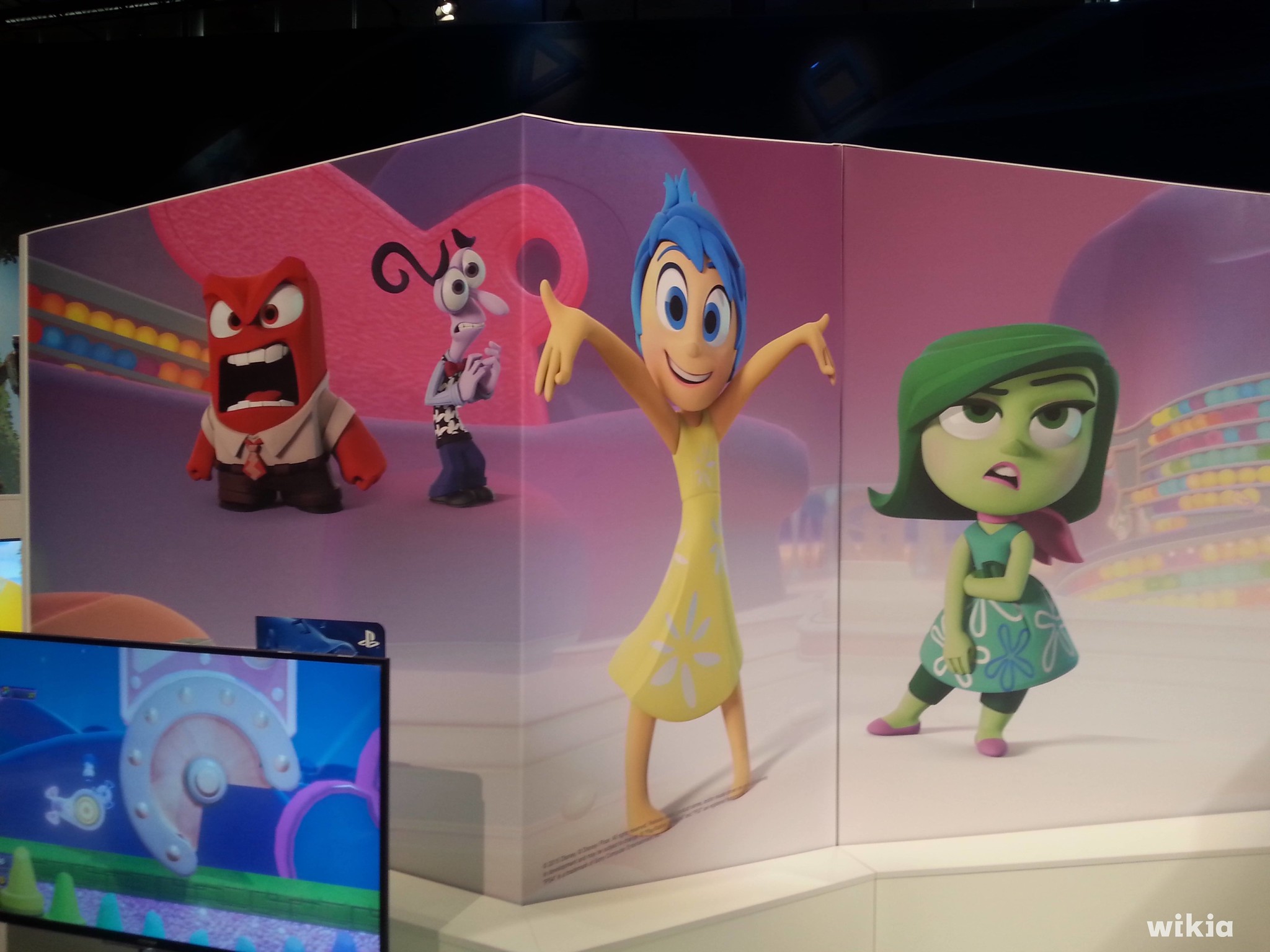
TORONTO — A man who claims the Oscar-winning film “Inside Out” was a ripoff of his work can press his copyright lawsuit against some of his targets in Ontario, including Pixar Animation Studios and Walt Disney Pictures Inc., a judge has ruled.
Several other defendants — such as Walt Disney Company and Disney Enterprises — were ruled off-limits for lacking a substantial tie to the province.
In his lawsuit, Damon Pourshian, 39, of Toronto, says he was in high school in 1998 when he came up with the idea for a movie in which the protagonist’s organs become personified characters that guide him. He says he wrote the screenplay in 2000 as a film student at Sheridan College in Oakville, Ont., and oversaw production of a 14-minute film titled “Inside Out.” The film, Pourshian says, was screened widely at the college.
The blockbuster movie “Inside Out,” released in June 2015, concerns the emotions of 11-year-old Riley. Her emotions are portrayed as characters who interact and try to influence her behaviour. The acclaimed animation grossed close to $1 billion worldwide and won an Oscar for best animated feature in 2016.
Pourshian is suing several Walt Disney entities and Pixar for breach of copyright. For example, he alleges the movie’s character Fear and his character Brain are “tightly wound ‘nerdy’ male characters that are both prone to panic.”
The defendants asked Ontario Superior Court to toss the suit without a hearing on its merits. They argued they are based in the U.S. and that Canada’s copyright law has no application because “Inside Out” was made in California.
In his decision this week, Master Andrew Graham said he needed to consider, among other things, whether the defendants did business in, and committed the alleged wrongdoing in, Ontario. Ultimately, he concluded that only some of the defendants did have a connection to the province.
“There are good arguable cases for presumptive connecting factors between Pourshian’s claims against Pixar and Walt Disney Pictures Inc., and Ontario,” Graham said in his ruling.
For example, the judge said, Walt Disney Pictures distributed the movie in Canada, and both the company and Pixar carried on business in Ontario with the theatrical release, the judge said.
However, Graham rejected the claim against several other defendants, including Walt Disney Studios Home Entertainment, Disney Consumer Products and Interactive Media, Walt Disney Studios Motion Pictures, and American Broadcasting Company.
“There are no allegations in the statement of claim that could enable the court to conclude that any of them…infringed Pourshian’s copyright under the Copyright Act in Ontario or elsewhere in Canada,” Graham concluded.
The master also rejected Pourshian’s request to be allowed to amend his claim to fix any problems, saying his decision had to be based on the claim as currently constituted.
Reached on Wednesday, Pourshian refused to discuss the judgment, saying it was too soon.
Records show he withdrew a similar lawsuit he filed in California last year. That suit cited similarities between the two films that were “far too numerous to be attributable to chance.” It sought unspecified damages and the addition of his name to the credits.
In a 2015 interview with The Canadian Press ahead of the film’s release, two of the Pixar movie’s key players said Riley was based on observing how their own rambunctious daughters had become quieter and more reclusive as pre-teens.
Two similar U.S. lawsuits over “Inside Out” have been unsuccessful. A child development expert claimed the film looked like a TV project she had pitched to Disney executives, while an author claimed the film was based on a book she had written.
The Canadian Press first published this report on Oct. 16, 2019.